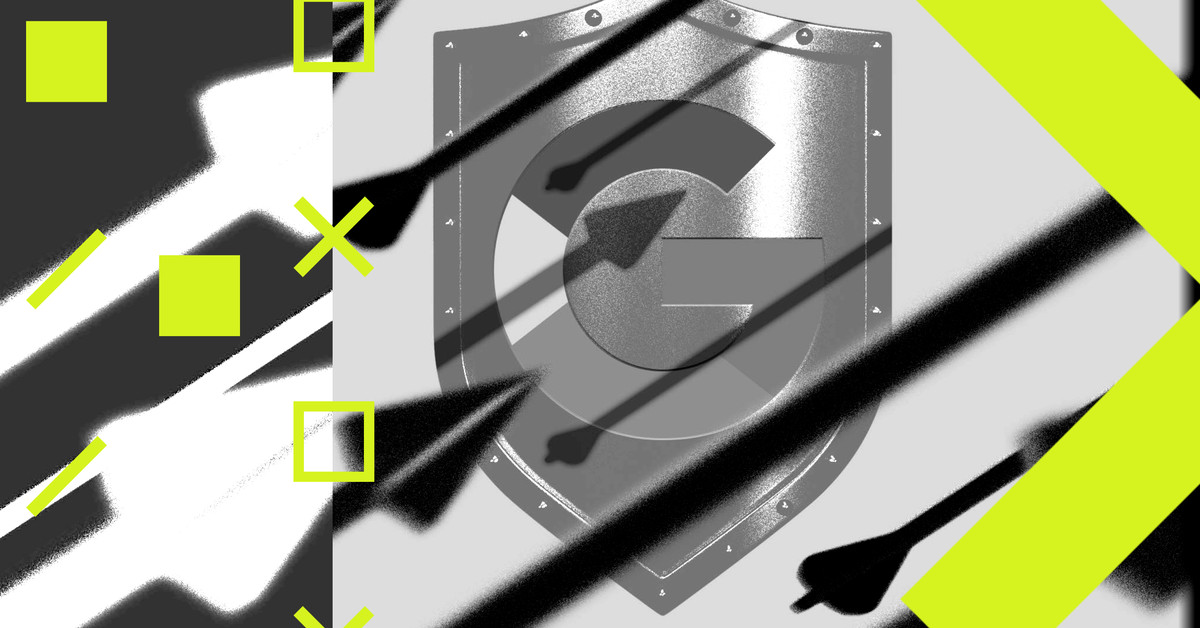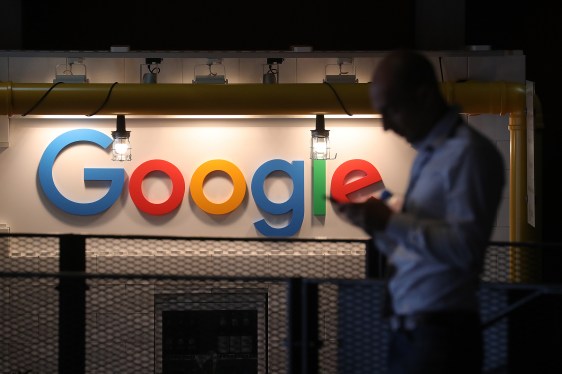Today, we’re going to talk about antitrust policy and tech, which is at a particularly weird moment as we enter the second Trump administration. As we navigate this complex landscape, it’s essential to understand the pendulum swing that has occurred over the past few years and what might be on the horizon.
A Brief History of Antitrust Policy
To set the stage for our discussion, let’s look at the basic frameworks of antitrust in the US. Since Ronald Reagan took office in 1981, the policies have remained relatively consistent, all the way through President Barack Obama and the first Trump administration. However, with the Biden administration comes a bold and aggressive approach to antitrust that is unprecedented.
The Biden Administration’s Approach
FTC Chair Lina Khan and DOJ antitrust chief Jonathan Kanter have taken a fresh approach to antitrust enforcement. They’ve been public about their intentions, which has led to significant regulatory pressure on major tech companies like Amazon, Apple, Meta, Microsoft, and Google. This includes ongoing antitrust suits, investigations, and potential breakups.
The goal of this new approach is to prevent the "Instagram problem," where governments failed to stop Facebook from acquiring Instagram in 2012. Instead of a competitive force, Instagram became a subsidiary of Facebook. The Biden administration seeks to slow down consolidation through mergers and acquisitions, which led to a "kill zone" for startups that might have competed with big tech companies.
The Tech Industry’s Reaction
Companies have responded creatively to avoid antitrust scrutiny. For example, Microsoft acquired Inflection AI not by buying the company but by hiring its employees, licensing their technology, and installing the cofounder as the CEO of a new AI division. This end run around acquisitions has raised questions about how far companies can go to circumvent antitrust laws.
The Trump Administration’s Picks
As we enter the second Trump administration, there are signs that the pendulum might swing back in favor of big business and less stringent antitrust enforcement. President-elect Donald Trump has named his picks to replace Khan and Kanter: Andrew Ferguson for FTC Chair and Gail Slater for DOJ Antitrust chief.
Ferguson, an extremely supportive figure of big business, except when it comes to perceived censorship by tech companies. He’s promised to unwind the current agenda and focus on using the power of the FCC to regulate tech companies for their role in perceived political censorship. Slater has a background that suggests she’ll keep some antitrust cases alive.
A Strange Tension
This development creates a strange tension, as explained by Leah Nylen, an antitrust reporter for Bloomberg: "On the one hand, the incoming administration is fine with letting big companies become huge ones – but it might also support a potential Google breakup. Not because it believes Google behaved anticompetitively, but to punish Google for its perceived control over speech, which conservatives truly hate."
Open Questions and Uncertainty
There’s still much uncertainty about what the future holds for antitrust policy under Trump’s second term. Will we see a reversal of the last four years, allowing big tech companies to breathe easy once more? Or will a bipartisan effort continue to prioritize antitrust enforcement?
Leah Nylen offers valuable insights into these questions, but as she emphasizes, there are many wild cards in play.
Recommended Reading
For those interested in learning more about this topic, here are some recommended articles:
- Trump’s Antitrust Trio Heralds Big Tech Crackdown to Continue | Bloomberg
- Trump Picks FTC Commissioner Andrew Ferguson to Lead the Agency | Politico
- Trump Picks Gail Slater to Head Justice Department’s Antitrust Division | Reuters
- Trump Names Brendan Carr as His FCC Leader | The Verge
- Trump’s FTC Pick Promises to Go After ‘Censorship’ from Tech Companies | The Verge
Conclusion
The future of antitrust policy under the second Trump administration is uncertain, with a complex interplay between big business and regulatory pressure. As we navigate this landscape, it’s essential to stay informed about ongoing developments and their implications for the tech industry.
By exploring these issues together, we can gain a deeper understanding of the current state of antitrust policy and its potential impact on the future of technology.
Subscribe Now!
To stay up-to-date with the latest insights and analysis from Decoder with Nilay Patel, subscribe now!
Comments (0)
Related Posts
- Trump’s Antitrust Trio Heralds Big Tech Crackdown to Continue | Bloomberg
- Breaking down the DOJ’s plan to end Google’s search monopoly | The Verge
- US v. Google Redux: All the News from the Ad Tech Trial | The Verge
- This is Big Tech’s playbook for swallowing the AI industry | Command Line
- DOJ Antitrust Chief Is ‘Overjoyed’ After Google Monopoly Verdict | Decoder with Nilay Patel




